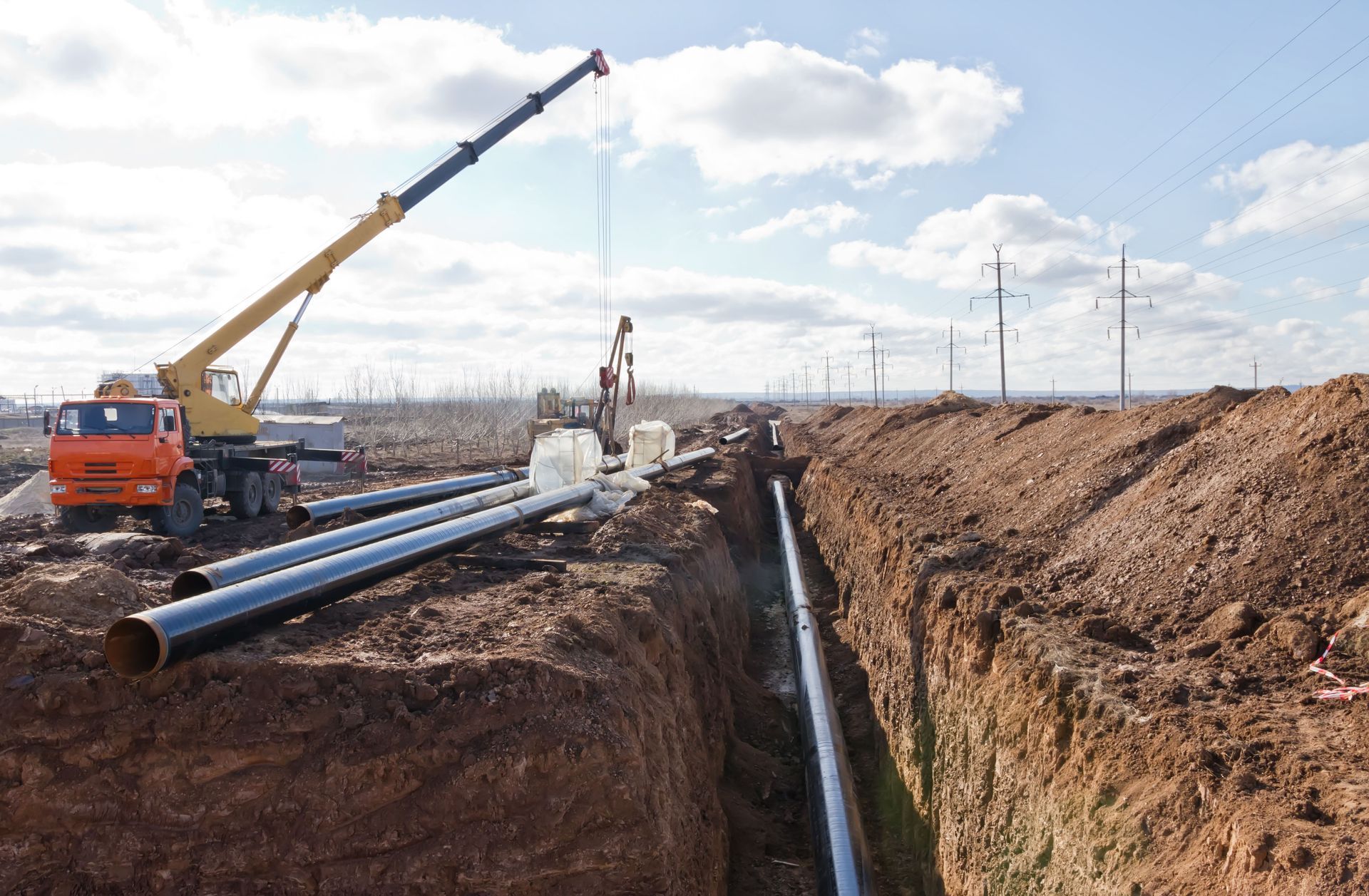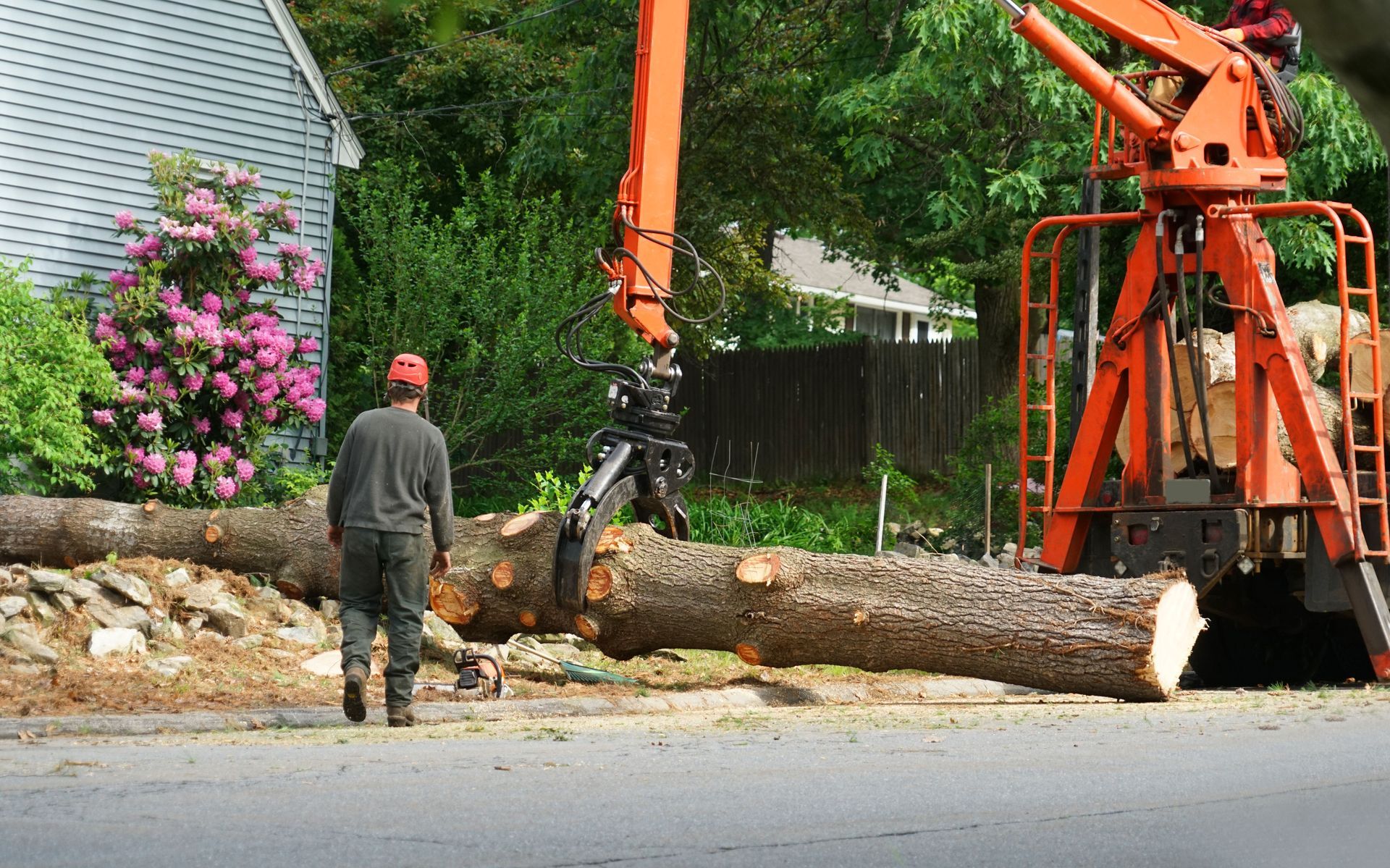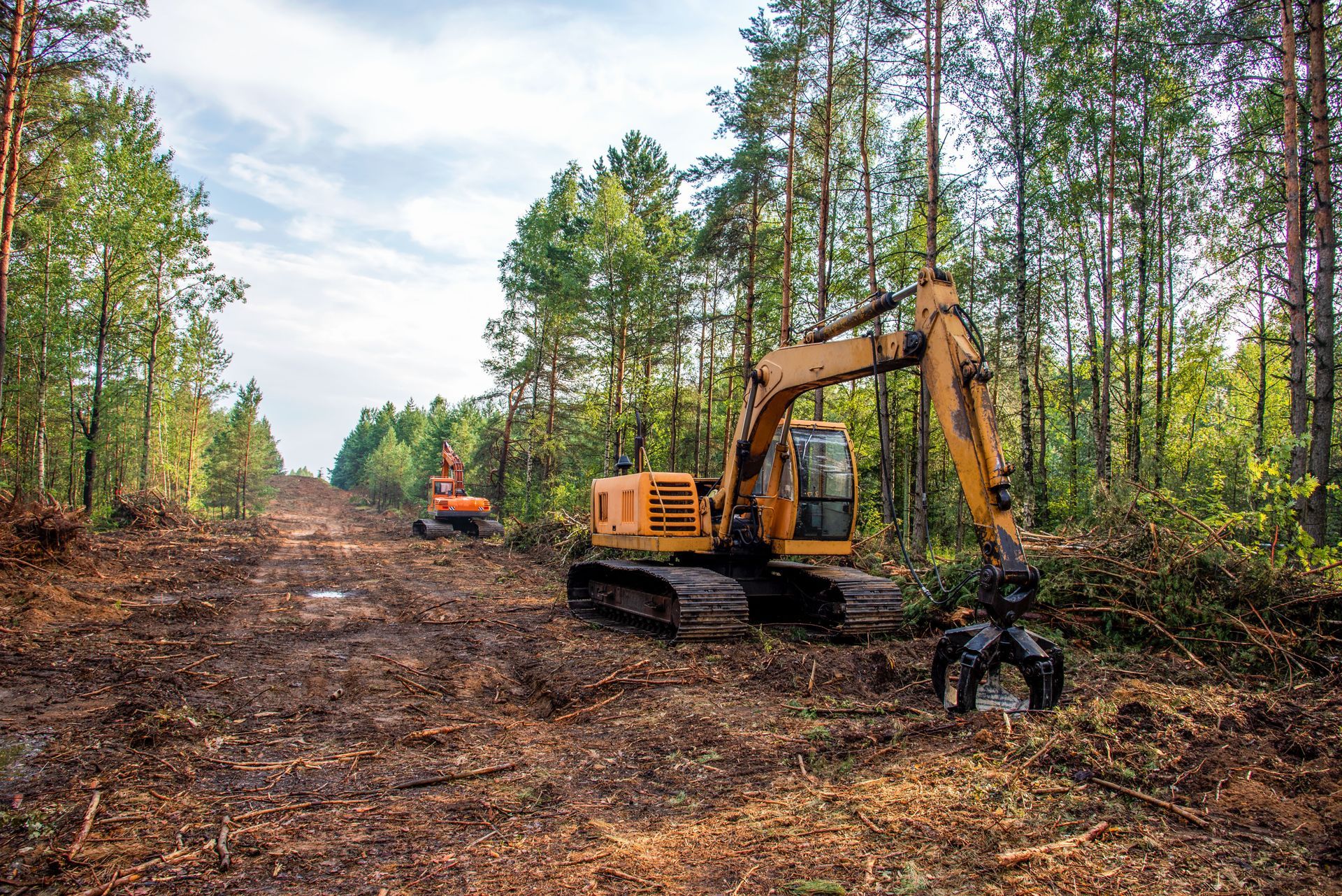Crane Load Testing and Recalibration Frequency
Highlights:
- Load testing verifies structural integrity after installation, major repairs, or configuration changes.
- Inspection tiers (frequent vs. periodic) work alongside recalibration to keep readings accurate.
- Test loads are controlled and documented; some equipment has defined percent ranges for proof tests.
- Recalibration of load-monitoring devices is scheduled to prevent drift and false capacity readings.
- Russ Erlinger Crane Service in St. Louis, MO integrates testing, inspection, and documentation in every lift program.
Cranes are engineered systems that rely on routine verification to stay safe across changing sites and seasons. Load testing subjects the structure and mechanisms to a controlled proof load, confirming the system performs as rated. Recalibration ensures instrumentation-load cells, indicators, and limiters-reports true values so crews don't accidentally exceed capacity. On complex urban jobs in St. Louis, MO, these steps are part of how Russ Erlinger Crane Service protects people, property, and schedules. In practice, testing frequency depends on equipment type, service conditions, and whether a crane is new, altered, repaired, or reinstalled for service.
When Are Load Tests Required?
Regulators draw a firm line around "initial" and "post-alteration" scenarios. New, modified, reconfigured, or reassembled cranes require verification before being placed into service. According to U.S. Army Corps of Engineers EM 385-1-1 (Section 16.F), a qualified person must conduct operational tests before first use after any load-bearing/controlling repair or reassembly, and perform a load test-typically 100-110% of the anticipated load, not exceeding the manufacturer's charted capacity for that configuration-with written procedures and results maintained with the crane. This prevents unverified equipment from entering service and catching crews off guard with hidden defects, misadjustments, or assembly errors.
What a Proof Load Actually Proves
A proof load is not a "stretch it till it breaks" exercise. The test applies a controlled load to confirm structural stability, braking, hoisting, and safety devices function as intended. Components such as hooks, wire rope, sheaves, and hydraulic circuits are monitored for abnormal behavior, temperature rise, or leakage under stress. The goal is to demonstrate the equipment performs reliably through the full duty cycle-hoist, boom, swing-and that safeguarding devices engage properly. Documentation of the test (load magnitude, configuration, ambient conditions, and any corrective actions) becomes part of the crane's permanent record.
Frequently Asked Questions
Is a load test the same as an inspection?
No. Inspections look for defects; a load test verifies performance under a controlled load.
Do all crane types follow identical rules?
Requirements vary by standard and equipment type; your provider should apply the correct sections.
Who can conduct the test?
A qualified person per applicable standards, with proper instrumentation and documentation.
Intervals Beyond "Initial" Testing
Beyond first use or alteration, owners adopt periodic proof testing intervals based on standards, manufacturer instructions, duty cycle, and risk. Heavier service, corrosive environments, or critical lifts can justify shorter cycles. Some jurisdictions or site owners require proof testing at set intervals for specific crane categories, even if not universally mandated. Integrating proof tests with annual inspections streamlines downtime and creates a clear compliance trail. The key is aligning your interval with real-world usage: heavy construction, frequent picks at long radii, or harsh weather will shorten the time between verification events.
How Much Load Is Used in a Test?
Standards define ranges for specific equipment so tests are both meaningful and safe. For example, certain derrick provisions spell out minimum and maximum percentages for proof loads, ensuring components are stressed without being damaged. According to NCCCO's copy of OSHA's Cranes & Derricks rule, proof tests for specified equipment types must fall within a defined band (commonly at or just above rated capacity). Practically, the test load and configuration are set with the manufacturer's instructions so results reflect the way the crane will actually be used on site.
Frequently Asked Questions
Will a proof test damage my crane?
Properly planned tests use controlled loads within prescribed limits to avoid damage.
Do we need certified test weights?
Yes. Test weights or calibrated load cells are used so the applied load is traceable and accurate.
Can the test be simulated with software?
Simulations aid planning, but physical proof tests validate the real machine.
Inspections and Recalibration Between Proof Tests
No testing program works alone. Frequent inspections (often daily to monthly) and periodic inspections (often quarterly to annually) identify wear, corrosion, misalignments, or hydraulic drift long before a proof test is due. Instrument recalibration keeps load indicators, limiters, and data loggers accurate; drift in these devices can create a gap between "indicated" and "actual" loads. According to the U.S. Navy's NAVFAC P-307, crane programs must include pre-use (frequent) inspections before each use and documented periodic inspections per equipment category, and portable load-indicating devices must be calibrated and marked in line with the site's calibration program and OEM recommendations (PDF).
Choosing an Interval That Fits Your Risk
Set intervals using a risk-based lens. Consider service class, average and peak loads, wind exposure, temperature swings, frequency of long-radius picks, and travel/tear-down cycles. Sites with abrasive dust, de-icing salts, or splash zones may need shorter cycles. Urban projects may prioritize more frequent recalibration because tight radii and congested surroundings leave less margin for measurement error. Align your testing and calibration calendar with scheduled outages or off-hours to reduce impact on production. Your provider should justify the chosen interval and update it when duty or environment changes.
Frequently Asked Questions
How do we track due dates?
Use a centralized log that ties tests and calibrations to asset IDs, hours, and service class.
What records are required?
Keep procedures, load values, configurations, calibration certificates, nonconformances, and corrective actions.
What triggers an unscheduled test?
Any structural repair, re-rating, or significant alteration to the load path or controls.
What a Complete Test Package Includes
Expect a written procedure, calibrated measurement devices, qualified personnel, a site-specific setup plan, and a step-by-step sequence that exercises hoist, boom, swing, and safety devices. The report should list the machine ID, configuration (boom length, jib, counterweight), environmental conditions, applied loads, measured deflections, and functional results. Any nonconformances must be corrected and retested. Pairing the proof test with instrument recalibration closes the loop-proving the structure and confirming the numbers on your display match reality. This cradle-to-grave approach builds defendable compliance and peace of mind.
How Russ Erlinger Crane Service Manages Compliance
In and around St. Louis, MO, Russ Erlinger Crane Service coordinates proof testing, inspection, and recalibration into a single compliance rhythm. Before a lift plan is approved, technicians verify that required proof tests are current and that instrumentation certificates are within tolerance. During setup, they check ground conditions, outrigger reactions, and load paths against the plan. After critical lifts, they review trend data to spot early signs of wear. This disciplined cycle reduces downtime, meets regulatory expectations, and, most importantly, protects crews and the public.
Key Takeaways for Project Teams
Plan load tests for first use, after alterations, and at intervals suited to the crane's duty and environment. Use manufacturer instructions to define test configurations and rely on calibrated instruments to verify applied loads. Schedule frequent and periodic inspections between proof tests and recalibrate load-monitoring devices before drift can accumulate. Maintain meticulous records-authorities and insurers look for evidence that your testing regime is real, repeatable, and enforced. With a risk-based schedule and an experienced partner, you can keep lifts safe and projects on time without over-testing or over-spending.





Share On: